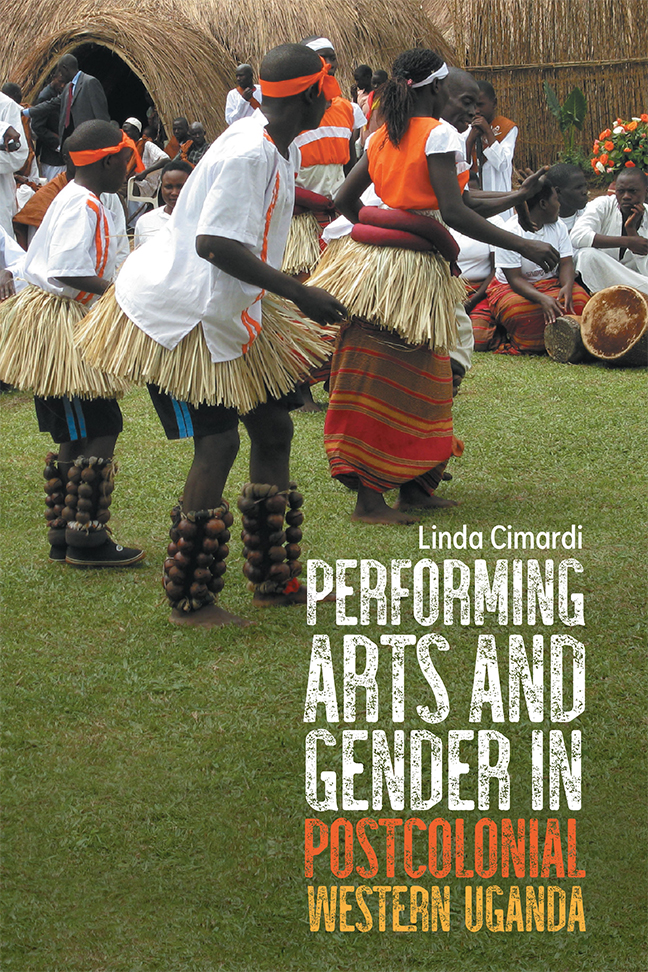13 results in Eastman/Rochester Studies in Ethnomusicology

Faith by Aurality in China's Ethnic Borderland
- Media, Mobility, and Christianity at the Margins
-
- Published by:
- Boydell & Brewer
- Published online:
- 15 May 2024
- Print publication:
- 19 December 2023

Yorùbá Music in the Twentieth Century
- Identity, Agency, and Performance Practice
-
- Published by:
- Boydell & Brewer
- Published online:
- 11 January 2024
- Print publication:
- 30 June 2014

Intimate Entanglements in the Ethnography of Performance
- Race, Gender, Vulnerability
-
- Published by:
- Boydell & Brewer
- Published online:
- 09 January 2024
- Print publication:
- 18 April 2023

Performing Arts and Gender in Postcolonial Western Uganda
-
- Published by:
- Boydell & Brewer
- Published online:
- 17 December 2023
- Print publication:
- 22 August 2023

Burma's Pop Music Industry
- Creators, Distributors, Censors
-
- Published by:
- Boydell & Brewer
- Published online:
- 11 February 2023
- Print publication:
- 01 November 2011

Songs for Cabo Verde
- Norberto Tavares's Musical Visions for a New Republic
-
- Published by:
- Boydell & Brewer
- Published online:
- 14 January 2023
- Print publication:
- 15 June 2021

The Kecak and Cultural Tourism on Bali
-
- Published by:
- Boydell & Brewer
- Published online:
- 07 October 2022
- Print publication:
- 15 November 2021

Tuning the Kingdom
- Kawuugulu Musical Performance, Politics, and Storytelling in Buganda
-
- Published by:
- Boydell & Brewer
- Published online:
- 09 June 2021
- Print publication:
- 30 May 2018

Listen with the Ear of the Heart
- Music and Monastery Life at Weston Priory
-
- Published by:
- Boydell & Brewer
- Published online:
- 29 May 2021
- Print publication:
- 20 May 2018

New York Klezmer in the Early Twentieth Century
- The Music of Naftule Brandwein and Dave Tarras
-
- Published by:
- Boydell & Brewer
- Published online:
- 11 September 2020
- Print publication:
- 20 August 2020

Music, Indigeneity, Digital Media
-
- Published by:
- Boydell & Brewer
- Published online:
- 26 April 2018
- Print publication:
- 28 February 2017

Performing Gender, Place, and Emotion in Music
- Global Perspectives
-
- Published by:
- Boydell & Brewer
- Published online:
- 05 December 2013
- Print publication:
- 15 November 2013

Javanese Gamelan and the West
-
- Published by:
- Boydell & Brewer
- Published online:
- 05 September 2013
- Print publication:
- 01 September 2013

